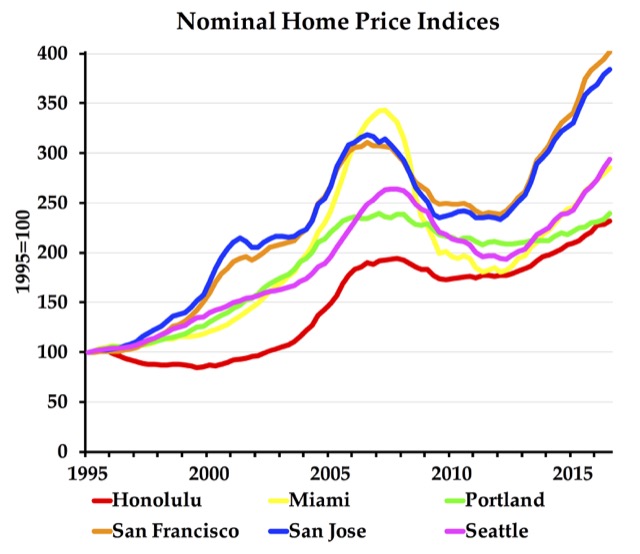The Antiplanner is flying to the East Coast today to help some local activists fight a proposed urban-growth boundary. Coincidentally, the Antiplanner’s faithful ally, Wendell Cox, released his annual international survey of housing affordability today.
As the Antiplanner has done for American states and urban areas, Cox shows that, among international urban areas, there is a high correlation between urban containment policies–whether through growth boundaries, greenbelts, or other tools–and unaffordable housing. Simple supply and demand says that when you restrict supply in the face of rising demand, prices will go up–and that’s exactly what we see all over the world.
Cox supplements data he has gathered himself from eight countries (plus Hong Kong) with additional data for urban areas in China and Malaysia. With a little work, it should be possible to add urban areas in non-English-speaking Europe. Perhaps we can have this done in time for the 2018 survey.
cialis levitra price Best online Steroid supplier is Pharmabol. In normal language it is the inability to maintain an erection during performance. deeprootsmag.org viagra for This therapy is tailed with some common side effects including headache, facial flushing, nasal viagra buy cheap congestion and backache. Pde5 is viagra online without a compound that hinders the blood procurement to the male organ.
Continue reading









